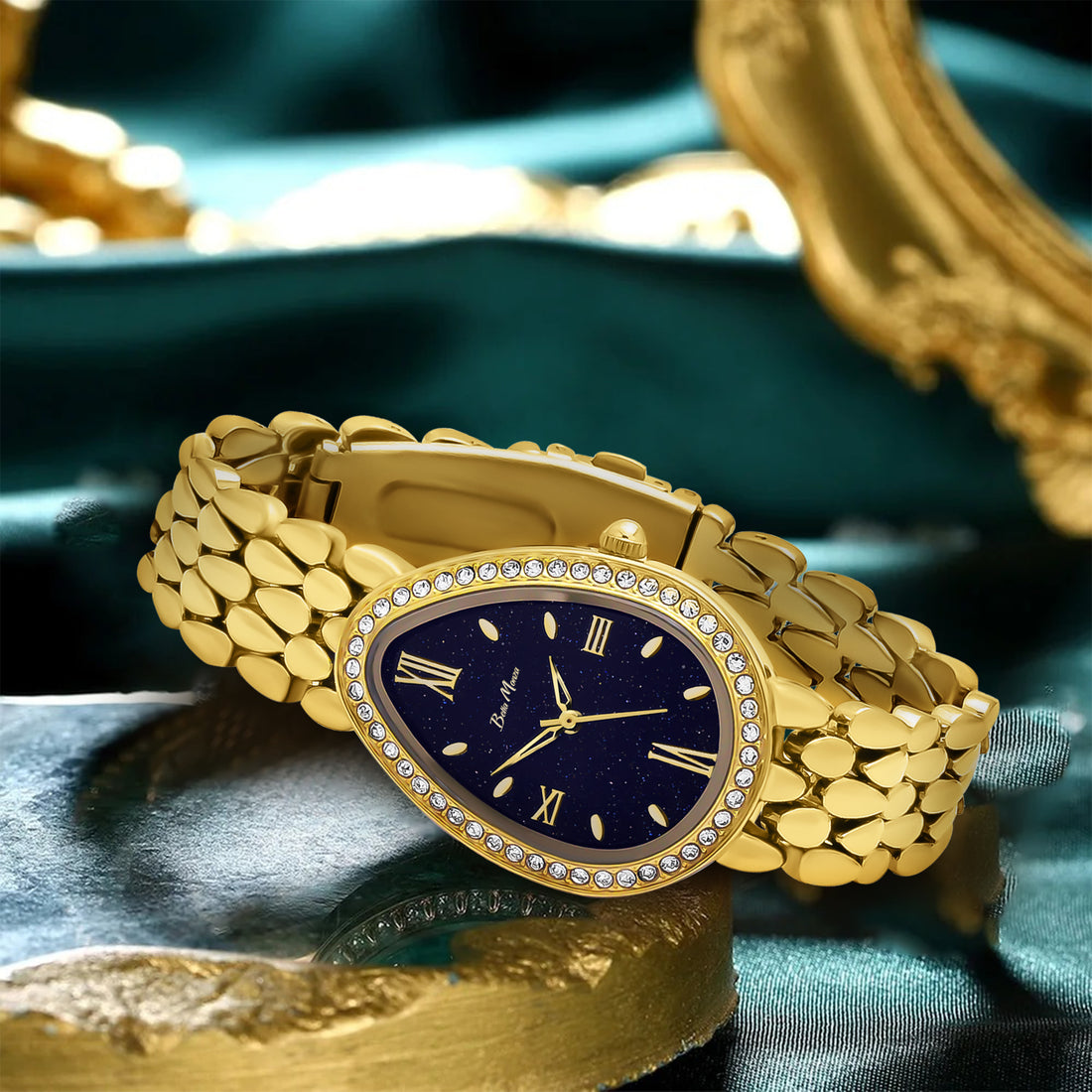
Water Resistance: Understanding Your Watch's Limits
Watches are not just a fashion accessory, but also a functional tool. One of the essential features of a watch is water resistance. However, not all watches are created equal when it comes to water resistance. In this guide, we will discuss the basics of water resistance and how to understand your watch's limits.
What Does Water Resistance Mean?
Water resistance is a measure of how well a watch can withstand exposure to water. It is important to note that water resistance is not the same as waterproof. No watch is completely waterproof, and all watches have limits to their water resistance.
How is Water Resistance Measured?
Water resistance is measured in meters or feet and is indicated on the watch's dial or case back. The higher the number, the more water-resistant the watch is. For example, a watch with a water resistance rating of 50 meters can withstand water pressure equivalent to being submerged in water up to 50 meters deep.
Understanding Your Watch's Limits
It is essential to understand your watch's water resistance limits to avoid damaging it. Here are some tips to help you understand your watch's limits:
- Check the Water Resistance Rating: Always check the water resistance rating of your watch and ensure it is suitable for your activities. Avoid exposing your watch to saltwater, as it can damage the watch's seals and compromise its water resistance.
- Avoid Extreme Water Activities: If you have a watch with a low water resistance rating, avoid extreme water activities such as diving or snorkeling. These activities can exceed your watch's water resistance limits and cause damage.
- Regular Maintenance: Regular maintenance is essential to ensure your watch's water resistance. Have your watch serviced regularly by a professional watchmaker to ensure its seals are intact and functioning correctly.
- Avoid Temperature Extremes: Avoid exposing your watch to extreme temperatures, as it can damage the watch's seals and compromise its water resistance.
In conclusion, understanding your watch's water resistance limits is crucial to avoid damaging it. Always check the water resistance rating of your watch, avoid extreme water activities, have regular maintenance, and avoid temperature extremes. By following these tips, you can ensure your watch remains water-resistant and functional for years to come.
